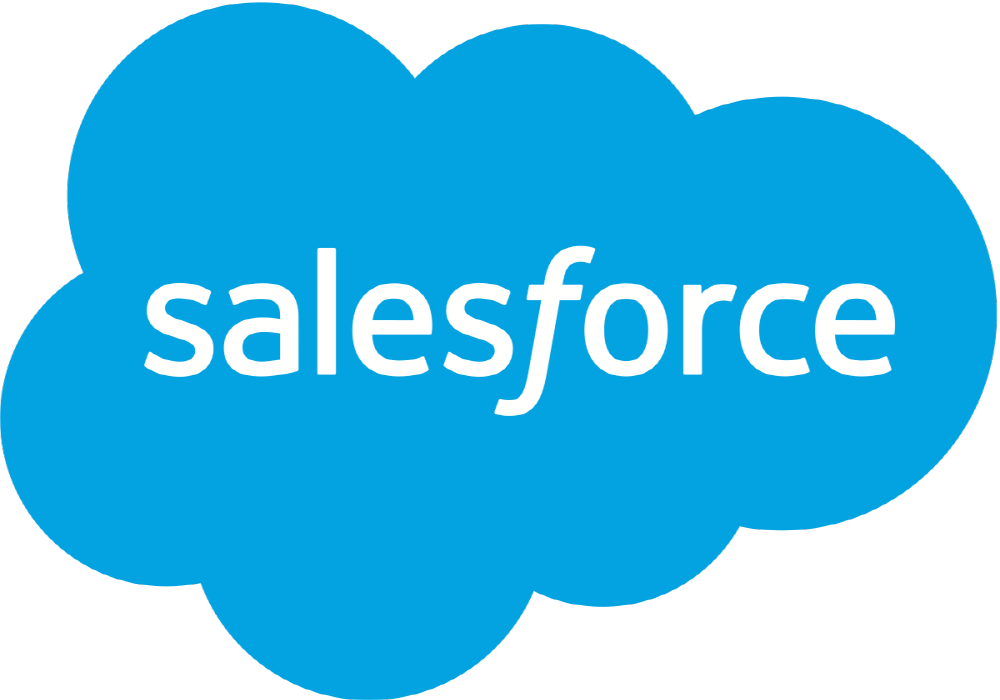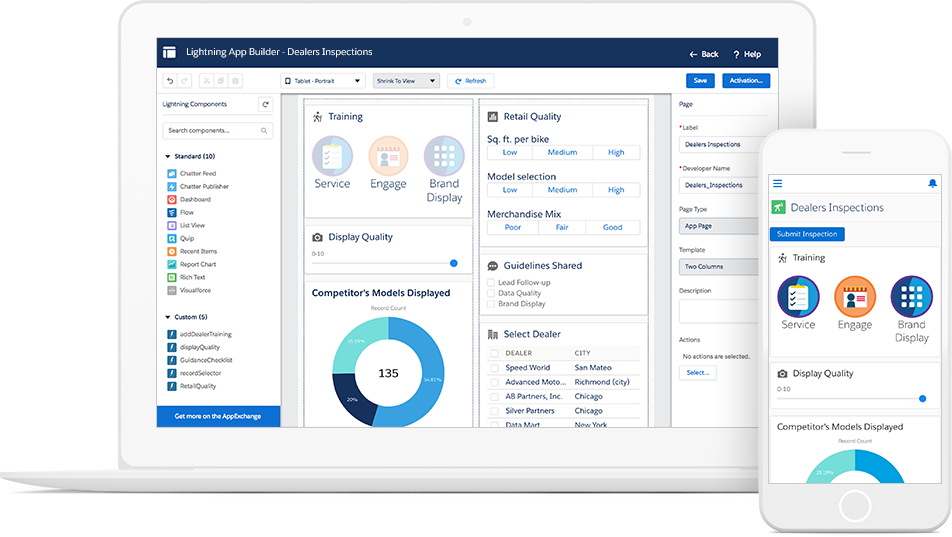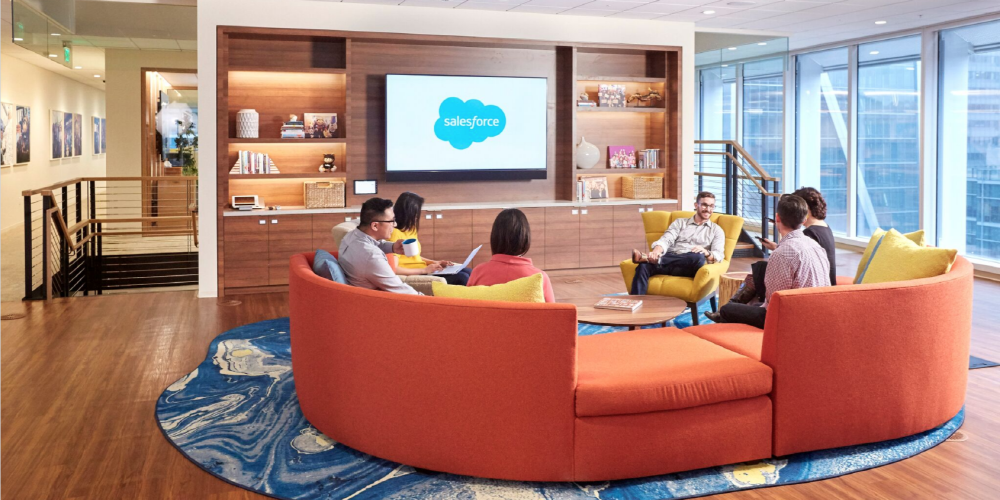
Salesforce, known for its customer relationship management (CRM) application that boosts customer satisfaction and increases sales, is increasing sales with a momentum to dominate the world. Salesforce is known to be worth $12 billion and occupies 20% of the CRM market. Millions of developers build apps for the Salesforce platform. Why is Salesforce so overwhelmingly popular in the CRM world?
To understand why Salesforce is so popular, you first need to know the history of CRM. Customer and sales management was completely manual, and business cards were stored as indexes in a physical holder called Rolodex. Of course, corporate employees sent e-mails or telemarketed directly based on business cards stored in Rollodex.
With the advent of personal computers in the 1980s, contact management services began to increase, and as Rollodex became digital, database marketing was drawing attention. By allowing customers to be managed digitally, companies can send customized messages by dividing them into customers such as targets and potential customers.
In the 1990s, the idea of integrating all customer data with the ability to automate the sales process, such as creating contact management task tracking reports, came out. At this time, various management software such as sales automation SFA, customer interaction software CIS, and enterprise content management ECM were born and eventually settled under the name CRM.
Then why do you need CRM? Managing sales customers is fundamental to business. To get detailed information, such as the company’s contact information, potential customer contact information, company name, contract, etc., you can talk in the context of what a potential customer should do when the product is interested. Of course, when there are few customers, a spreadsheet is sufficient, but as the number of customers increases, various verification and deduplication logic and line creation are required. CRM has emerged as spreadsheets have become scarce.
CRM, unlike spreadsheets, is designed to automate data entry and minimize errors. CRM is a method of managing recording tasks, and in a sense, it can be described as a simple CRUD application with automatic email or call log input.

One of the reasons Salesforce doesn’t end with a simple CRUD is its flexibility. If you are operating in the academic field, the records are divided into undergraduate and university. So, although CRM needs users depending on the business customer, many SaaS (Software as a Service) users can’t customize the UI, and I can’t do anything if I think it’s convenient to add this button to the view. Some CRMs require the same settings for all companies, but Salesforce is flexible and customizable to suit the shape of your business. This is the biggest reason Salesforce is so popular in the CRM world.
Salesforce can create databases and tables based on data types and constraints. If you can do business in academia, you can create objects such as universities, connect them to each other, and attach them to lead objects. Being able to complete these tasks without writing code is one of the points of Salesforce.
Salesforce can also create new views with custom layouts and UIs, just like a frontend framework. During the potential customer verification process, you can show only unauthenticated potential customers and also show you what information you need to acknowledge or reject them. You can do this again without writing a single code.
The ability to customize the data model and UI gives Salesforce enough settings to meet business needs. In addition, advanced customization can be done using AppExchange, a feature enhancement tool.
The reason why SaaS like Salesforce was created goes back to the late 1990s. After leaving Oracle, Salesforce CEO Marc Benioff was immersed in the simplicity and ease of use of consumer software found on Amazon and elsewhere. At that time, software was complicated and expensive, so I thought I would differentiate Salesforce with the opposite concept. Benioff wanted to position the software like electricity or water, and set the sales force in the form of pricing according to usage.
Usually, advertising with a negative slogan does not work well, but Salesforce dares to publish an advertisement called’NO-SOFTWARE’. In the company, it was an advertisement that many employees opposed, but it succeeded in promoting the image of a company that wanted to end the software. Six years later, before Apple, Salesforce launched the App Store as a software distribution method.
In 2005, an online marketplace called App Exchange, where everyone can create and distribute Salesforce applications, was born. Billions of dollars are now spent on applications here every year. In addition, the online marketplace was originally planned under the name of App Store, but market research showed that he prefers the word Exchange, and he decided to choose App Exchange. It is said that the trademark App Store and the AppStore.com domain acquired at this time were presented to Jobs by Benioff when starting the iOS App Store.
The last time I saw Steve Jobs he asked this photo to be taken. I did not realize how important it would be to me. pic.twitter.com/FnFbzNG6BC
— Marc Benioff (@Benioff) September 11, 2013
https://platform.twitter.com/widgets.js
In the years since App Exchange appeared, Salesforce has released products that are faithful to the goal of no software. Salesforce, which put forward a new direction of abandoning software, was a breakthrough in that it succeeded by changing its own structure in which companies purchase and build software. Related information can be found here .


















Add comment